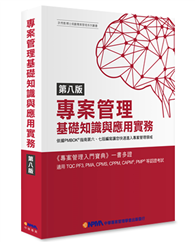This volume offers insights into the ways in which plain language has influenced the language of the law in the United Kingdom, critically reflecting on its historical development and future directions.
The book opens with an overview of the theoretical frameworks underpinning plain language and a brief history of plain language initiatives as a foundation from which to outline ongoing debates on the opportunities and challenges of using plain language in the legal domain. The volume details strands where plain language has had considerable impact thus far on legal English in the UK, notably in legislative drafting, but it also explores areas in which plain language has made fewer inroads, such as the language of court judgments and that of online terms and conditions. The book looks ahead to unpack highly topical areas within the plain language debate, including the question of design and visualisation and the ramifications of digitalisation, contributing to ongoing conversations on the importance of plain language both in the UK and beyond.
This book will be of particular interest to students and scholars interested in the intersection of language and the law as well as related disciplinary areas such as applied linguistics and English for Specific Purposes.












